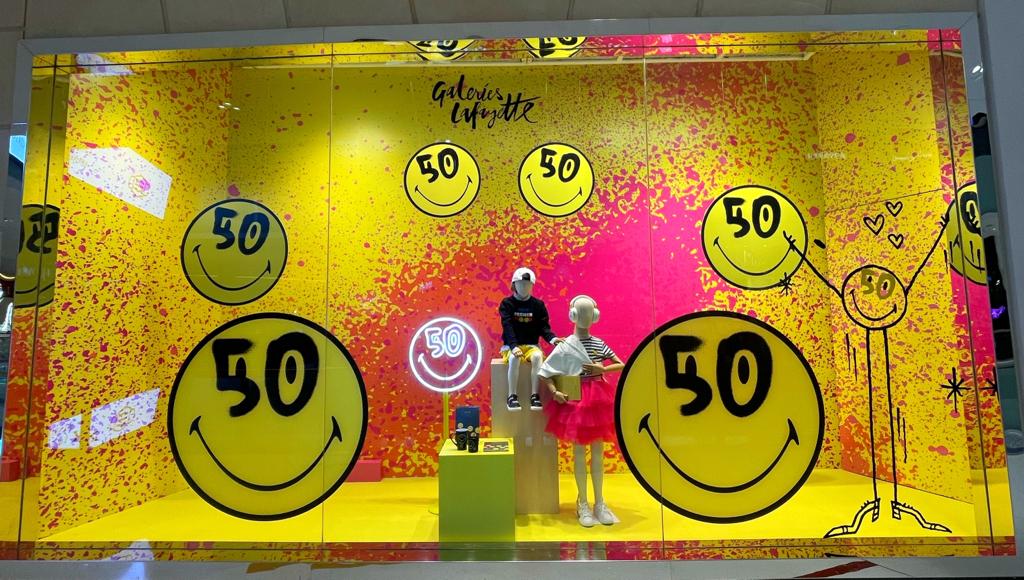
Yayoi Kusama’s Love Is Calling at the Institute of Contemporary Art – Boston, 2019. LANE TURNER/GLOBE STAFF/GLOBE STAFF
A splendid example of her famed infinity rooms, Love is Calling is a multi-media art installation by Japanese artist Yayoi Kusama. Infinity rooms were invented by Kusama in the 1960’s and employ mirrors or other reflective surfaces to create a series of reflections that seem to recur endlessly in all directions.
Kusama was born in 1929, and has been active as an artist for the most part since. Although her work has been a subject of art historical discussion for several decades, the advent of social media has allowed her highly photogenic pieces to reach a wider audience and by the same token substantially increased her popularity. Today, Kusama is regarded as one of the most influential artists of our time, her success reflected by the size and diversity of her fanbase. Love is Calling was first made available in 2013 at the Tokyo Mori Art Museum, but has since been purchased by the Vinik Family Foundation. Thanks to their sponsorship, it was last available at the Institute of Contemporary Art in Boston before an abrupt closure due to sanitary concerns. The work is made of wood, metal, glass, mirrors, tile, acrylic panels, rubber, blowers, lighting elements, and speakers.

Image courtesy of Yayoi Kusama Studio Inc.
When entering Love is Calling, visitors must pass through a door that is opaque on the outside and mirrored on the inside. As the door shuts behind them, viewers are immersed into a fantastic world of the artist’s making. Kusama’s voice can be heard steadily reciting her poem Residing in a Castle of Shed Tears in her native Japanese. Meanwhile, inflatable, tentacle-like soft sculptures can be seen jutting out of the floor and ceiling as stalactites and stalagmites might in a cave. The sculptures, freckled with Kusama’s signature polka dot pattern, quickly pulsate between shades of soft colors.

While most installations tend to draw their viewer’s eye towards a particular focal point, Love is Calling does the opposite. Kusama achieves this unique composition by covering the perimeter of the room as well as its floor and ceiling with mirrors. But, as though occupying the totality of space was not a sufficiently impressive accomplishment, the artist occupies the entirety of time as well, playing her poem Residing in a Castle of Shed Tears on loop. The result is an installation that continues to draw the viewer’s attention perpetually. By erasing the boundaries of her installation, Kusama successfully displaces it from the confines of our human experience. This can be understood as a means of creating a world of her own, independent of ours. The elements of Kusama’s realm strongly contrast typical reality; it boasts gentle, curved shapes, and soft, comforting colors. It is still and peaceful, whereas our world is dynamic and chaotic. Alternating patterns of light and the repetition of the poem create a rhythm that seems to thicken the room’s psychedelic atmosphere with every moment.


Kusama’s public account of her mental illness adds an important dimension to the interpretation of her work. As she clarifies in a 1999 interview with BOMB magazine, her artwork is an expression of her life, particularly of her mental disease: “I have been painting pictures since I was about ten years old when I first started seeing hallucinations.” She also explains that these hallucinations are in fact the actual origin of her art: “I translate the hallucinations and obsessional images that plague me into sculptures and paintings.” However, Kusama explains how her mother was completely opposed to the idea of her being an artist: “She hated to see me painting, so she destroyed the canvases I was working on.” She described her father as kind hearted, but unable to cope with his wife; as a result, he was often unfaithful and seldom returned home.

Suddenly, a much fuller picture of Kusama’s intent begins to crystallize. For instance, the phallic motif that has recurred in her work since the 1960s amidst the sexual revolution can be understood to reflect both an obsession with–and fear of–sex that she perhaps developed as a result of her traumatic childhood. Unfortunately, her problems did not seem to end there; as she recounts: “Living in Japan, I am realizing that so many trivial problems happen one after another and that I find myself desperately trying to protect myself from them.” To this end, Kusama creates spaces in which she is able to reclude entirely. In surrendering her own space to the viewer, Kusama shares a deeply personal piece of her identity. Recognizing her vulnerability, visitors allow themselves to show their own; and what is mutual vulnerability but love as the title of the installation suggests? Yet with love comes a great deal of hardship, and with that, many Shed Tears.

Today, despite her old age and numerous conditions, Kusama continues to produce work from a studio a short distance away from the psychiatric institution that she has permanently checked herself into. Profoundly expressive and sincere, Love is Calling exemplifies Kusama’s commitment to using her battles to help others win their own. Its sublime infinity and its wonderful blend of surrealist and pop aesthetics imparts it with an extraordinary ability to resonate with viewers of all ages and backgrounds, further amplifying its instrumental value.



